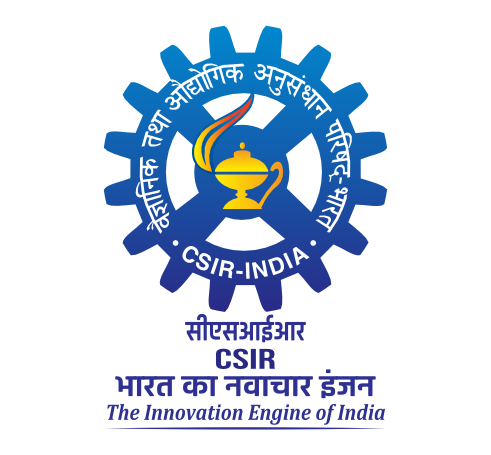Saffron and its active constituents ameliorate hypercholesterolemia by inhibiting PCSK9 and modulating Sortilin, LDLR, and SREBP-2 signaling in high fat diet induced hypercholesterolemic C57BL/6 mice
Aisha Siddiq, A. and Shaik Abdul, Dileep and Aditya Rao, S. J. and Siva Sankara Reddy, Singam and Asha, Martin (2025) Saffron and its active constituents ameliorate hypercholesterolemia by inhibiting PCSK9 and modulating Sortilin, LDLR, and SREBP-2 signaling in high fat diet induced hypercholesterolemic C57BL/6 mice. Journal of Ethnopharmacology, 346. pp. 1-14.
|
PDF
1-s2.0-S0378874125003812-main.pdf - Published Version Restricted to Registered users only Download (16MB) | Request a copy |
Abstract
Ethnopharmacological relevance: Saffron (Crocus sativus L.) has long been used in Ayurveda, Iranian, and Chinese traditional medicine as a natural remedy for hypercholesterolemia, obesity, and liver disorders though its therapeutic mechanism remains unclear. Aim of the study: This study explores the mechanism by which saffron extract (SE), crocin (CN), and crocetin (CR) mitigate high fat diet (HFD) induced hypercholesterolemia and hepatic inflammation in C57BL/6 mice, focusing on their inhibition of proprotein convertase subtilisin/kexin type 9 (PCSK9). Materials and methods: C57BL/6 mice (N = 10/group) were fed either a, normal diet, HFD, or HFD supplemented with SE, CN, CR, or atorvastatin for 12 weeks. Plasma lipids and inflammatory markers were measured. His topathological changes were assessed via H&E and Sudan black staining. Gene expression was analyzed using qRT-PCR, and ligand-protein interactions were studied using molecular docking, simulation, and thermophoresis. Results: HFD-fed mice exhibited dyslipidemia, liver damage, and inflammation, which SE, CN, and CR signifi cantly improved. Treatments reduced cholesterol, triglycerides, and reactive oxygen species, reversed fatty liver degeneration, and downregulated PCSK9 and sortilin expression while upregulating LDLR. They suppressed transcription factors SREBP-1C and SREBP-2 and reduced inflammatory markers, including TNF-α, while increasing IL-10 expression. CR reduced plasma PCSK9 secretion by 39.9 % (p < 0.05). Docking and simulation studies confirmed the strong binding potential of CR and CN to PCSK9. Conclusion: Saffron and its active components (CN and CR) are novel natural PCSK9 inhibitors that effectively ameliorate hypercholesterolemia by modulating sortilin, LDLR and SREBP-2 pathway, potentially opening the way for developing new therapeutic approaches for managing cholesterol related disorders.
| Item Type: | Article |
|---|---|
| Uncontrolled Keywords: | Saffron, Crocetin, PCSK9, Sortilin, LDL receptors, Cholesterol homeostasis |
| Subjects: | 600 Technology > 01 Medical sciences > 09 Human Physiology 600 Technology > 08 Food technology > 30 Spices/Condiments |
| Divisions: | Dept. of Biochemistry Food Safety Analytical Quality Control Lab Plant Cell Biotechnology |
| Depositing User: | Somashekar K S |
| Date Deposited: | 24 Jun 2025 08:23 |
| Last Modified: | 24 Jun 2025 08:27 |
| URI: | http://ir.cftri.res.in/id/eprint/19564 |
Actions (login required)
 |
View Item |

